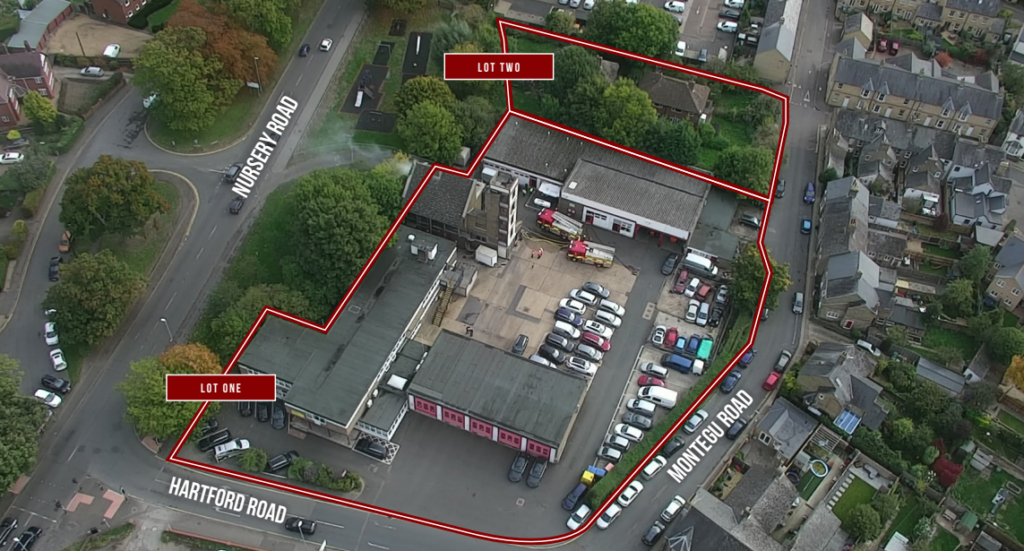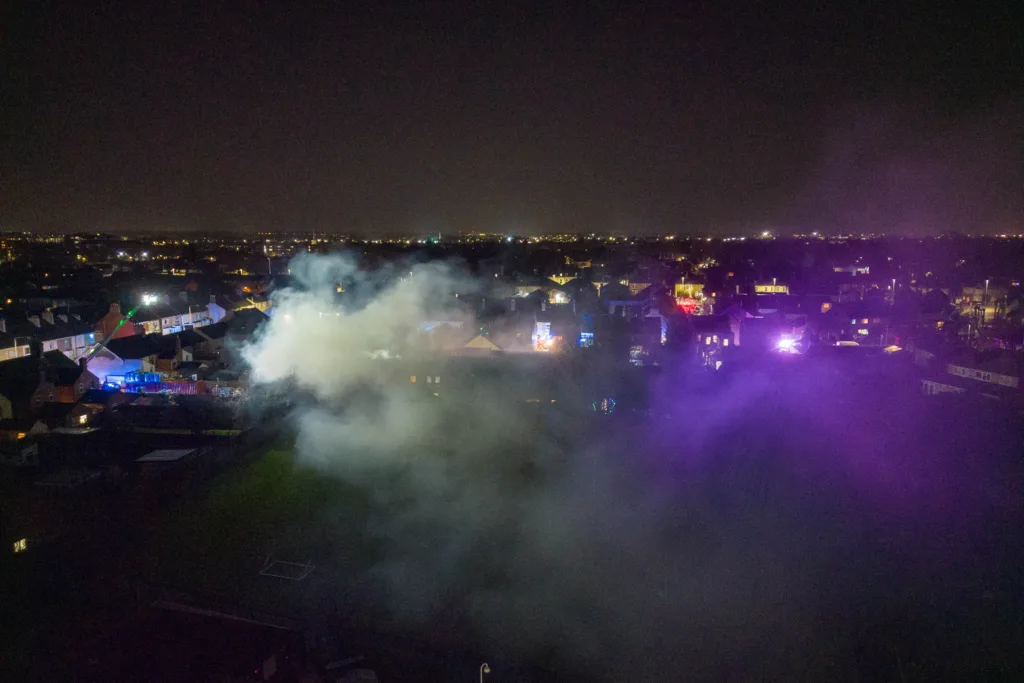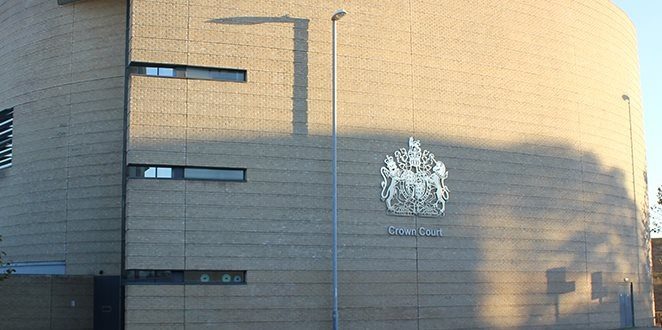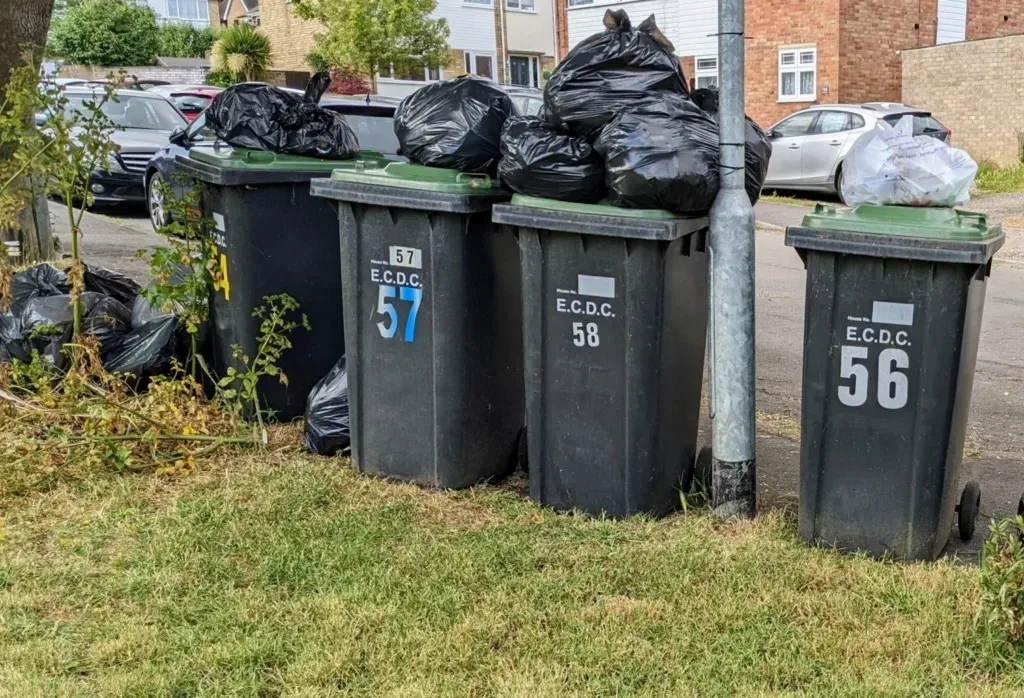Former Environment Minister Steve Barclay clashed with Anglian Water over what caused the deaths of 900 fish at King’s Dyke, Whittlesey. Mr Barclay, MP for NE Cambs, and now shadow environment minister is unhappy with responses from Anglian Water.
The water company claims that “because of the amount of rain which fell in a short space of time, any spill from our pumping station would have been heavily diluted and is definitely not raw sewage”.
The MP retorted: “On the mechanical failure, we need clarity from Anglian Water on when this occurred, for how long, and the amounts of sewage discharged due to this failure.
“As a result of changes the last Government made, storm overflows are required to be fully monitored so Anglian Water should publish this information quickly.”
Anglian Water reminded CambsNews that over the weekend of September 22, “Peterborough saw a month’s worth of rain fall in three days over last weekend which resulted in our storm overflow operating within its permit, to protect homes and businesses from flooding.
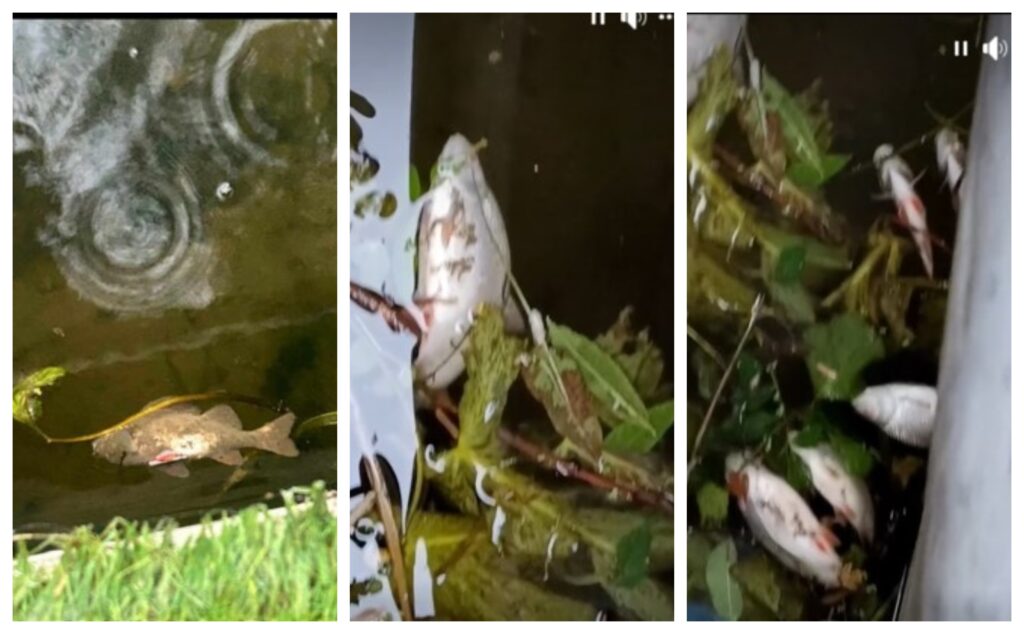
“During this time, our pumps at the pumping station tripped because of the storm. This resulted in additional volume being discharged, still in line with our permits. The pumps were reset by our operational teams.”
Ofwat, who regulars water in England and Wales, points out that storm overflows are designed to act as relief valves when the sewerage system is at risk of being overwhelmed, such as during heavy downpours when a lot of rainwater runs into drains and the sewerage system in a short space of time.
“If the system does get overwhelmed it can have dreadful impacts for customers, causing flooding or even backing up into people’s homes in the worst-case scenario,” it says.
In statements over the weekend, Mr Barclay said he had spoken to both Anglian Water and Fenland District Council “regarding the serious pollution incident at Kings Dyke in Whittlesey.

“The response from Anglian Water has been inadequate”.
Describing initial reports as indicating “significant harm”, the MP claimed that initially he had not been provided with “even basic information.
“Anglian Water say that they have begun action to mitigate the impact on fish and other wildlife, which is welcome, but I would expect the chief executive to make a full statement as a matter of urgency,” he said.
“I have also been in touch with the chief executive of the Environment Agency to ensure there is an urgent, full investigation. Environment Agency staff have already been on site.
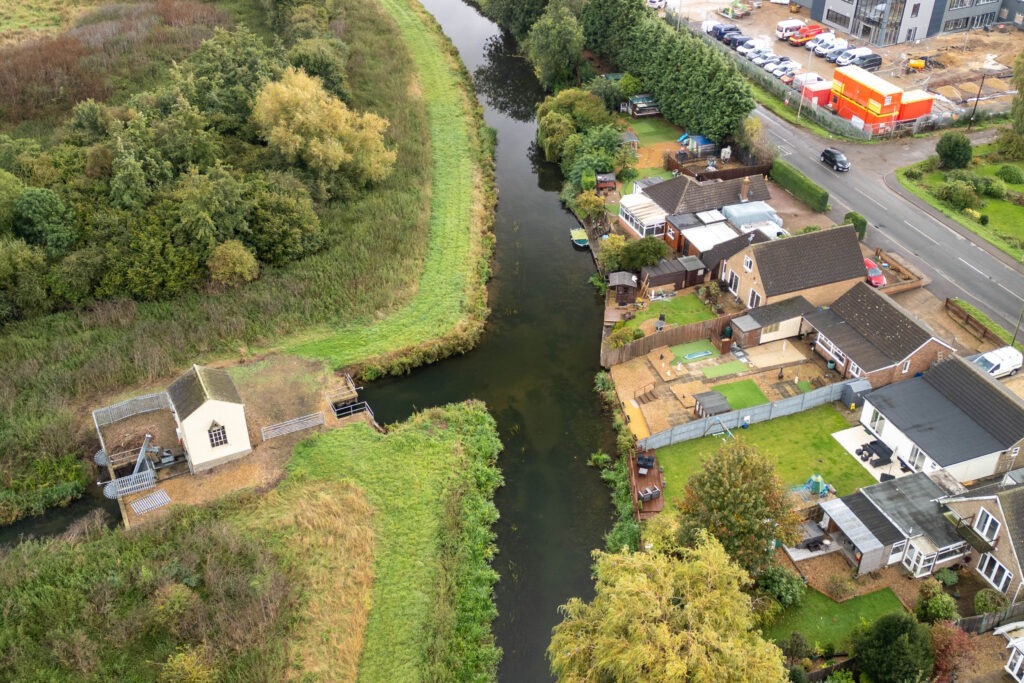
“This type of pollution is unacceptable, and I will push for the toughest sanctions to apply.”
24 hours later he said the Environment Agency had confirmed to him it is treating this as potentially a “category 1 incident, which is where there is a serious, persistent, or extensive impact on the environment.
“Both the Environment Agency and Anglian Water accept significant numbers of fish have been killed.
“Anglian Water accept that a pump failure occurred at their Stanground site. However, they have not disclosed for how long, and I will continue to press them for more details”.
Mr Barclay called for clarification of whether the location of the lowest oxygen levels in the water was because “the sewage drifted downstream of the Stanground site, which seems both likely and explains why the lowest levels of oxygen are not close to the Stanground site.
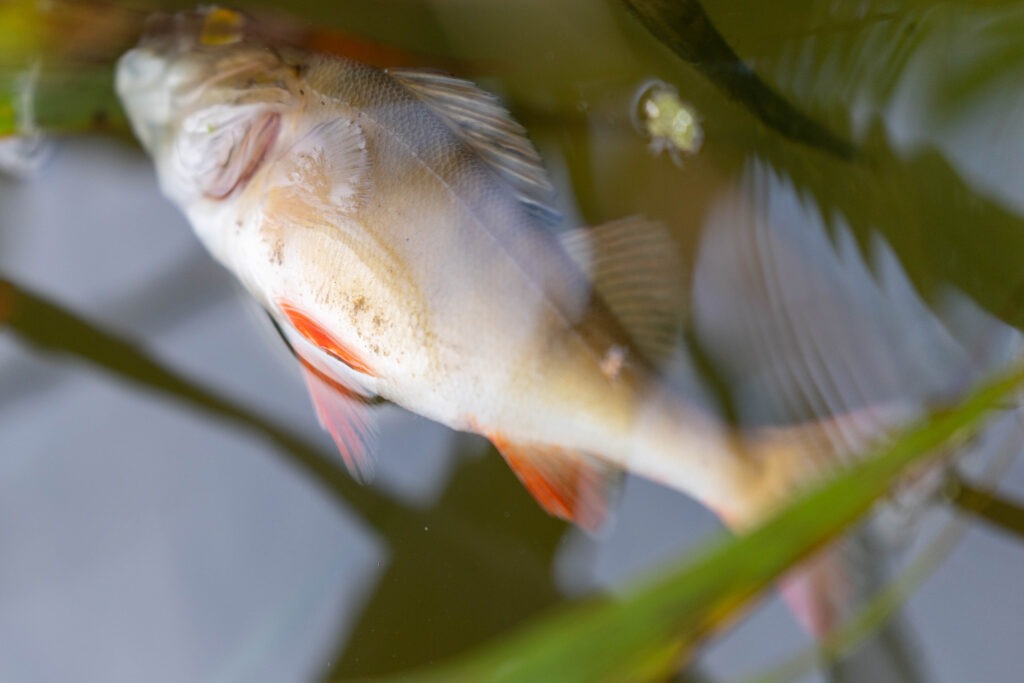
“Likewise in theory other sources may discharge into this water, but no evidence has been presented to me of another possible cause of pollution at this scale.
“The tests from the Environment Agency should help confirm the cause of the dead fish and the results should be published quickly”.
Anglian Water re-iterated their position that it remains too early to conclude what caused the fish to die.
In a briefing to CambsNews late Friday, the company said that during the weekend downpour, “our pumps at the pumping station tripped because of the storm. This resulted in additional volume being discharged, still in line with our permits.
“The pumps were reset by our operational teams. Although these spills were permitted, we know this is still unacceptable.
“However, this does not necessarily mean our asset activity alone resulted in the impact on the watercourse.”
Anglian Water said that along this stretch of river, there are eight additional outfalls not owned by them “that would have been discharging surface water and pollutants as a result of the rainfall.
“These outfalls typically take water from nearby roads, ditches, drains, land and industrial sites”.
With the Environment Agency, Anglian Water says they have continued to monitor these other surface water outfalls between their pumping station and the site of the fish kill.
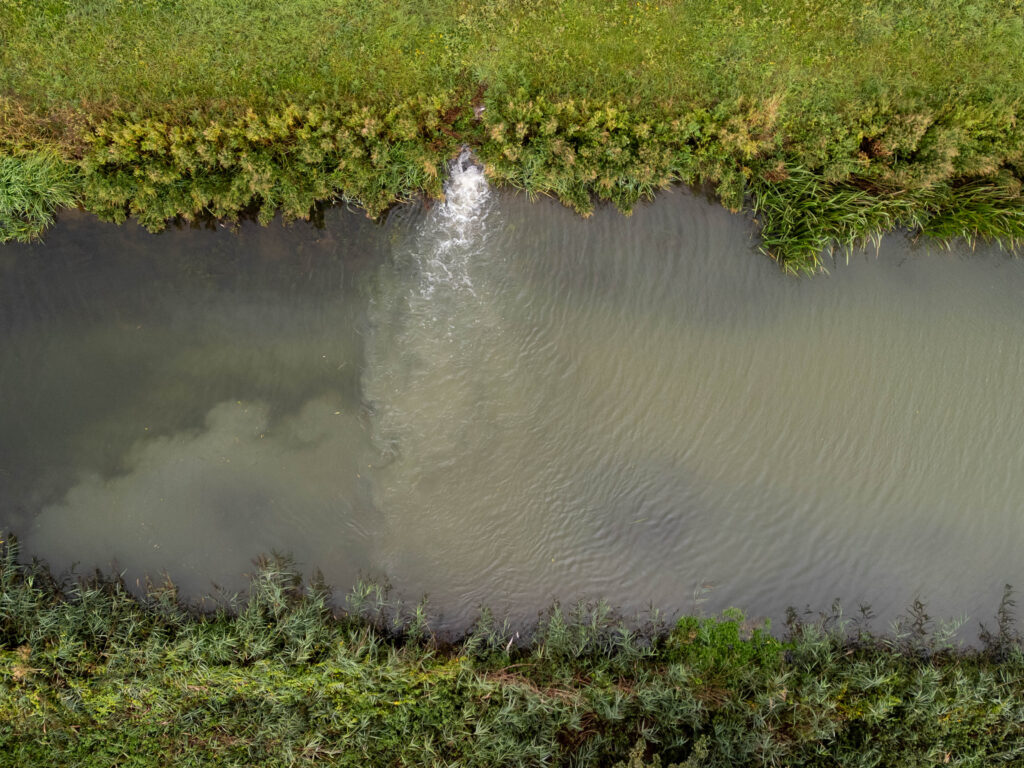
“As part of our observations we have observed evidence of an oil slick near to one outfall, and high levels of ammonia at a second outfall,” it said.
“We continue to monitor these outfalls to support the Environment Agency with its investigation and establish all potential sources of the fish kill.
“Because of the amount of rain which fell in a short space of time, any spill from our pumping station would have been heavily diluted and is definitely not raw sewage.
“Our initial investigations backed this up with a significant reduction in ammonia levels (one of the factors that can result in a fish kill) within 100m of the overflow point, and dissolved oxygen levels were healthy.
“We have also observed that the river flows in the King’s Dyke are very low, particularly as the lock gates at Stanground are typically closed.
“Even though the evidence suggests multiple possible sources for this distressing event, our teams have worked tirelessly throughout the week alongside the Environment Agency to provide specialist aeration equipment that is helping the river recover.”
“We are also sharing all our findings with the Environment Agency to support its investigation.
Anglian Water added that the Environment Agency “is the authority in this space responsible for the investigation.
“We (Anglian Water) will always respond to support the natural environment in an event like this, and, in fact, investigate 6000-8000 pollutions every year alongside the Environment Agency, which are not caused by our assets.
“We, like everyone, are saddened that fish have died in Kings Dyke, Stanground”.
An Anglian Water spokesperson added: “We will always respond to support the natural environment in an event like this, regardless of whether we believe our assets are the cause.
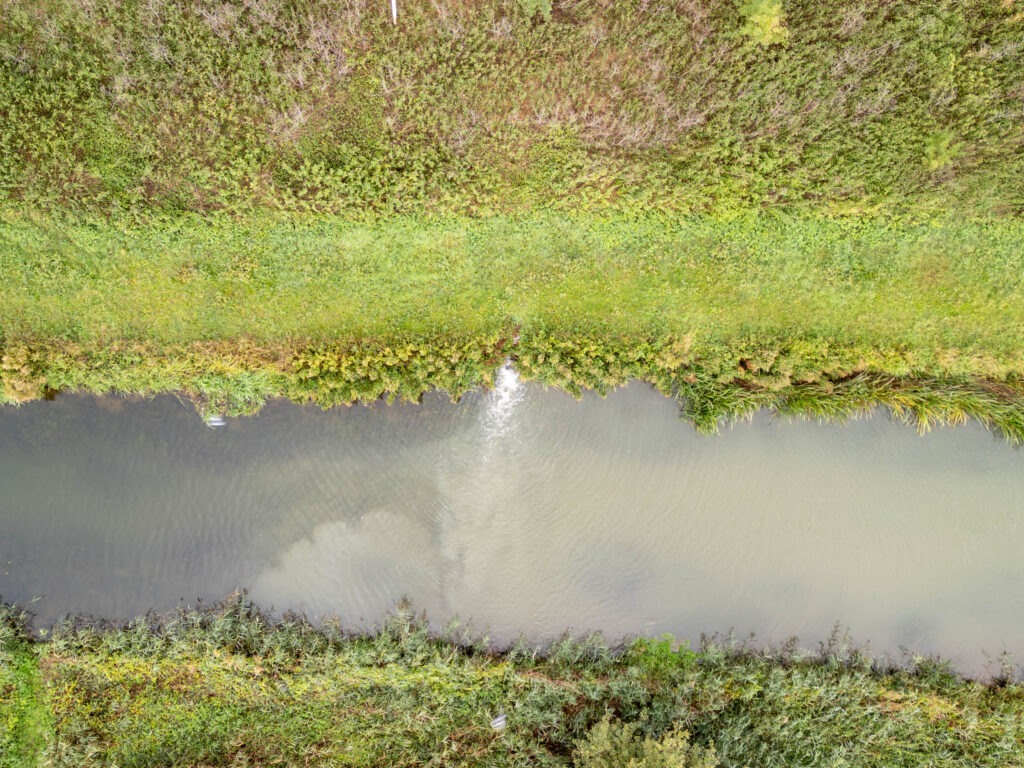
“We are taking it very seriously, which is why we are working alongside the Environment Agency and other agencies to investigate what has happened. We’ve been very open that our storm overflow operated as permitted during such heavy rainfall.
“However, this does not necessarily mean our asset activity resulted in the impact on the watercourse.”
Mr Barclay confirmed at the weekend that Anglian Water contractors deployed three aeration units to improve oxygen levels for the fish, and the Environment Agency would continue to monitor the area.
“Environment Agency staff have taken water tests, with staff finding very low oxygen and slightly elevated levels of ammonia,” he said.
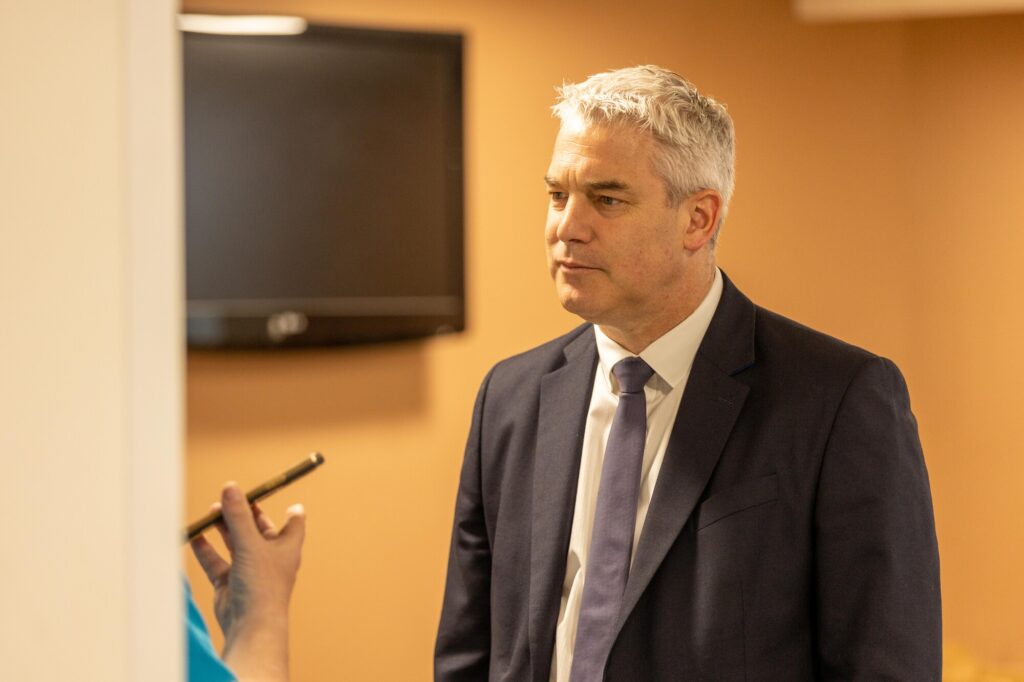
Evidence gathered by the Environment Agency will inform a decision taken by their enforcement panel on whether to prosecute which the MP says can take up to a month.
He added: “When I was Secretary of State for the Environment, we began a consultation to ban any water company from paying a bonus to their senior executives if responsible for a category 1 level pollution incident (https://www.gov.uk/…/government-cracks-down-on-bonuses…).
“That remains my view, and I would like to see this implemented by the new Government.”
Mr Barclay said: “In particular, we need to clarify whether the location of the lowest oxygen levels in the water is because the sewage drifted downstream of the Stanground site, which seems both likely and explains why the lowest levels of oxygen are not close to the Stanground site.
“Likewise in theory other sources may discharge into this water, but no evidence has been presented to me of another possible cause of pollution at this scale.
“The tests from the Environment Agency should help confirm the cause of the dead fish and the results should be published quickly.
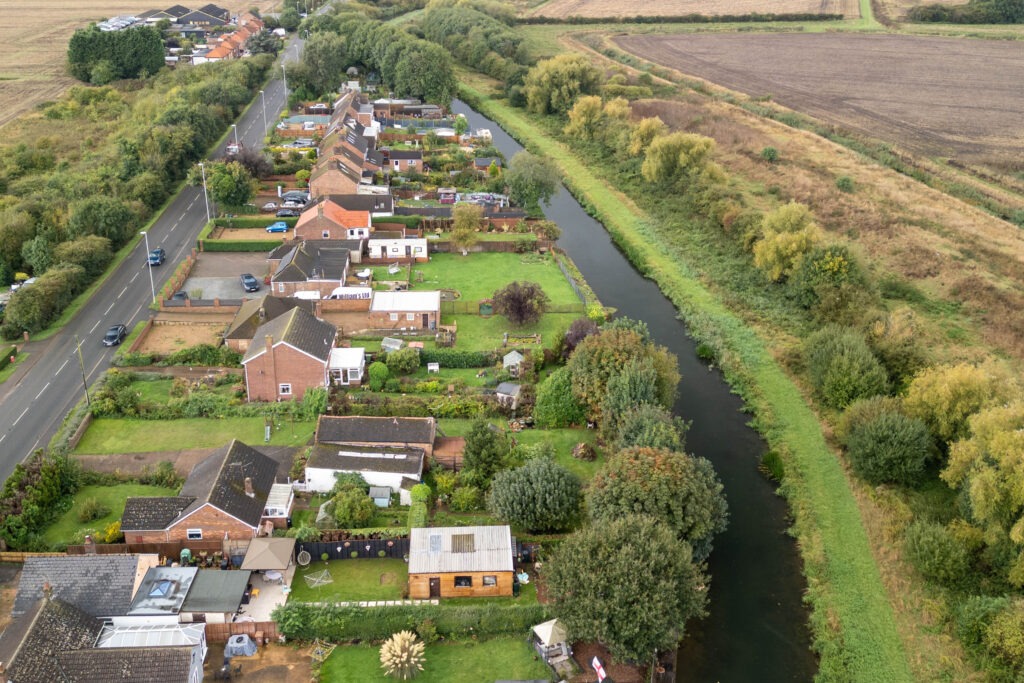
“The Environment Agency should also publish any permit(s) that apply to Anglian Water regarding the operation of the Stanground site, and specifically any terms applying to mechanical failure.”
Mr Barclay added: “I will continue to press for the toughest action to be taken against those that pollute our waters.”






